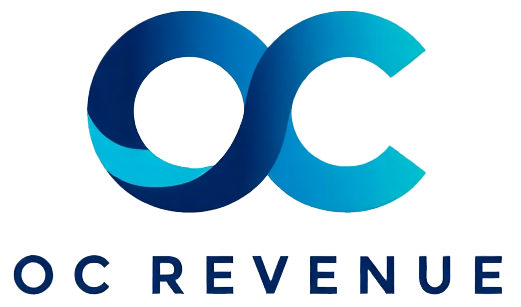Transforming raw data into forward-looking insights that guide strategy, execution, and growth
As go-to-market models become more dynamic, analytics must evolve from backward-looking reports to forward-looking intelligence. This means investing in data quality, governance, and modeling capabilities that go beyond surface-level metrics.
Intelligence unlocks strategic advantage. Teams can identify customer segments at risk, campaigns with the highest ROI, or behaviors that lead to expansion. These insights guide both real-time tactics and long-term strategy.
Benchmarks matter too. Advanced Analytics allow teams to compare performance across territories, verticals, and channels — surfacing outliers, best practices, and missed opportunities. It’s how teams know not just how they’re doing, but how they’re doing relative to potential.
This level of insight transforms how companies operate. From executive forecasting to frontline coaching, every layer of the business benefits from clearer visibility and smarter decision-making. It’s the brain of a high-performing revenue organization.






